Bruce Ricketts and his no-fuss, no-sushi kappo omakase
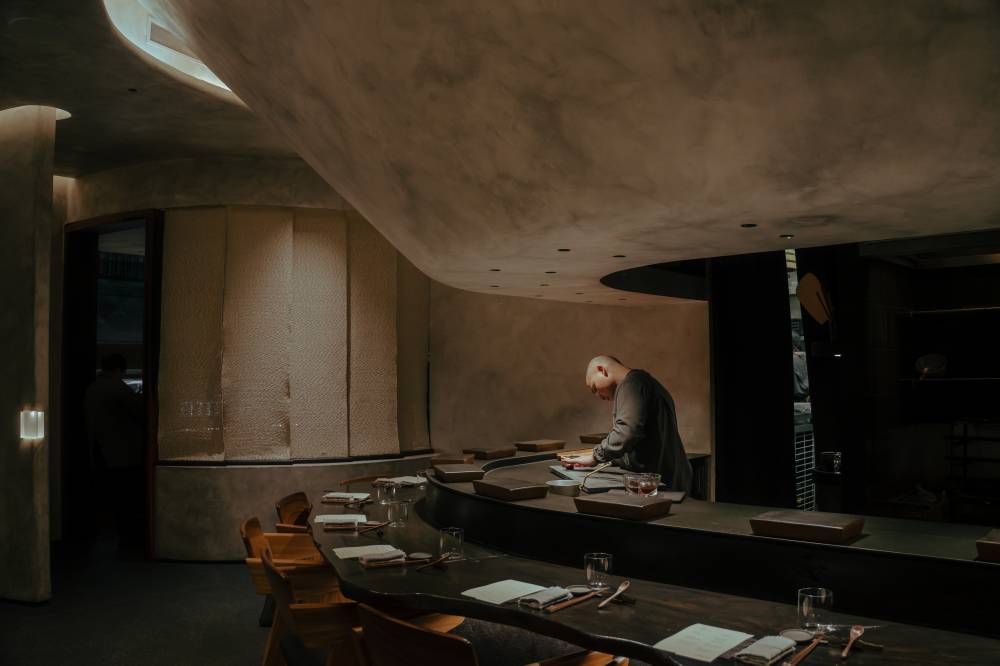
It’s been established that dining at Iai is like walking into a museum. Not just because Jae Pickrell’s design vision elicits a feeling of wonder, but also for the menu that displays fragments of Bruce Ricketts’ stream of consciousness. Perhaps his current outlook, too. And motivations, even.
With his paternity leave in anticipation of Pickrell’s birth, it’s difficult not to interpret Ricketts’ latest kappo omakase menu as an expression of his state of mind. Across eight dishes, Ricketts pulls out all the stops in an onslaught of intimate dishes that explore his growth, not just as a chef, but also as an individual.
How? By discarding sushi (at least not completely). Which is a lot to take in for someone who’s considered one of the best at crafting sushi.
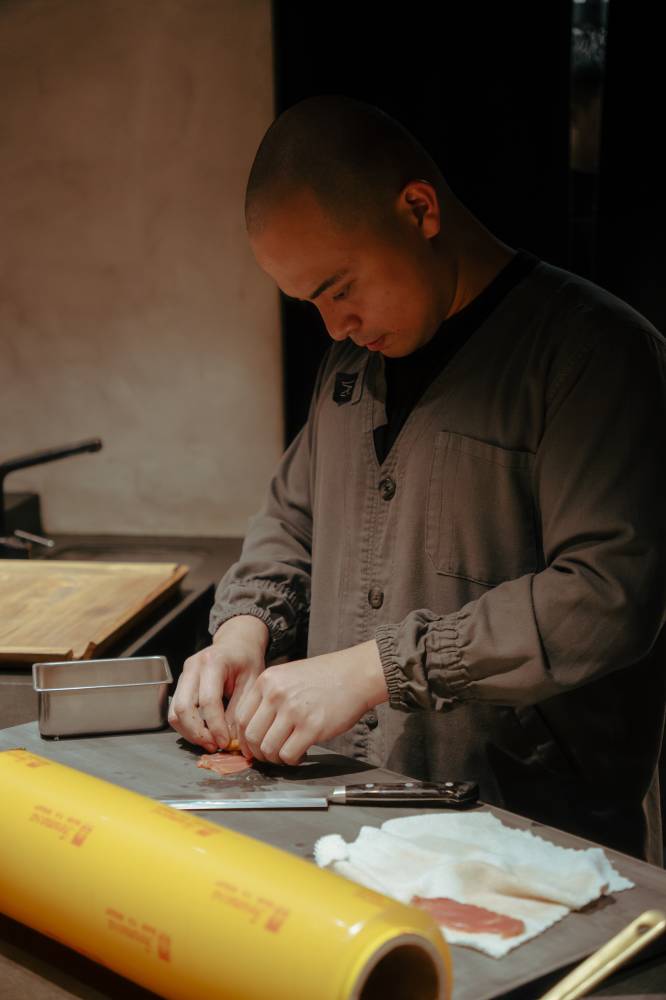
Arriving a year after opening Iai, there’s a certain paradoxical power to launching a limited-time tasting menu with no sushi: Even without the star product, the kappo omakase never feels strained from the missing piece.
But it works, thanks to the exploration of temperatures and respect for ingredients. “The [primary] inspiration still looks at sushi, but how to highlight the product, how to feature it, and make it really forward,” he says.
“Normally with this menu, you start off with a cold dish, [but] there’s a hot appetizer, a steamed course, a signature dish that’s been with me for a while, and then a token seafood item like toro or grilled fatty tuna,” Ricketts explains. “And then a meat dish that goes on rotation throughout the weeks, depending on what’s available and what’s ready as we’re aging it, drying it, and curing it—French quail, dry-aged duck from Hokkaido, aged beef. And then, dessert.”
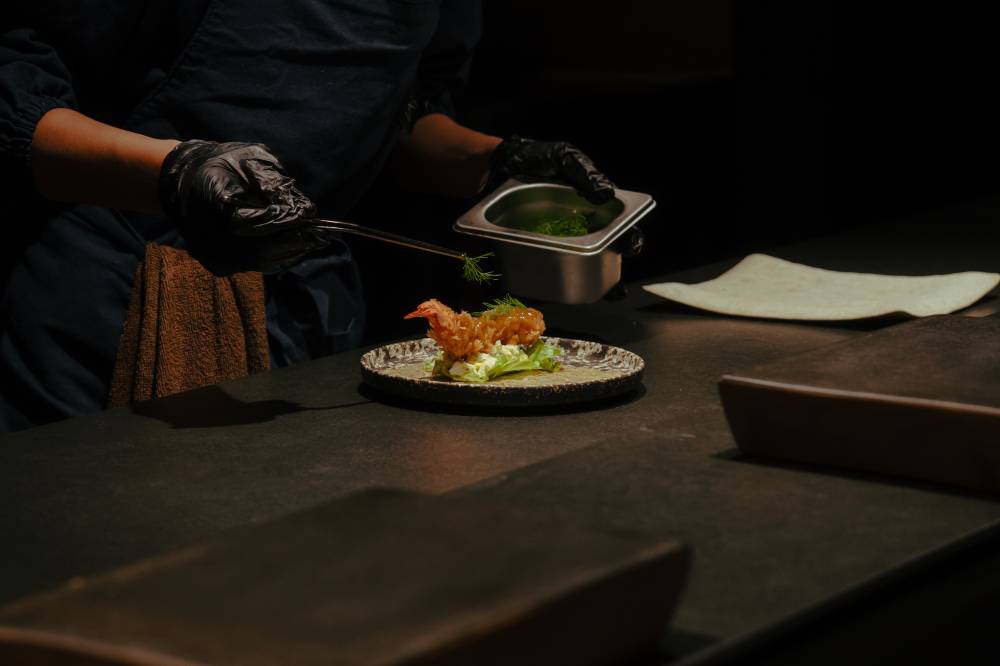
Tasting menu with restraint
From beginning to end, the play on temperatures is evident. A cool melon and cucumber granita holds layers of cashew ajo blanco and sweet chopped oyster adductor muscle that’s practically a tartar. Not briny, sweet, crisp on the lips yet creamy enough to open up the palate. Sitting atop a shokupan is a torched two-bite saba (mackerel) that casually injects a little bit of warmth into the affairs.
And just when you think the mercury is about to rise, Ricketts brings it back down with twin sensual salvos: a signature foie gras smushed in between chewy tuiles made from black sesame and coconut milk, and a chawanmaushi with eggplant, tomato, and edamame. On the side is a taro puff filled with enoki mushrooms, squash, kaffir, and freshly caught slipper lobster.
But next thing you know, a feverish rush of ebi tempura and toro temaki comes out of the kitchen. The crisp shrimp fry, meant to be eaten like a taco, is enhanced by a shrimp head bisque and egg salad before gently folding the soba flour crepe for a banging bite, while the toro temaki—teetering on the edge of buttery and fatty but not greasy—sets off deep flavors, thanks partly to the soy-marinated garlic and onions.
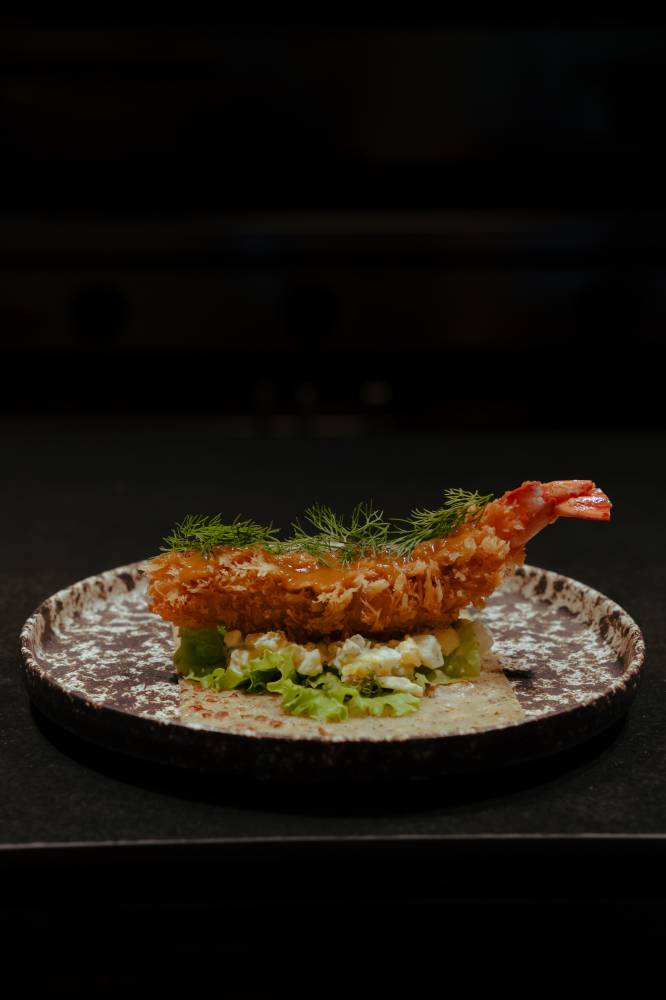
Sandwiched in between the two is a surprise yellowtail aburi with latik—Ricketts’ interpretation of nigiri that bridges the space between tempura and temaki.
All these build up into the main production behind Ricketts’ kappo omakase. “Because the kappo is a bit more playful and creative and vibrant and exciting and energetic at the same time, we get to apply all these techniques we discovered over the years, and then we make it into little bites.”
It’s in the menu’s heaviest moment that Ricketts delivers this argument. Served in three tiers, the quail rosu and donabe communicate the core of kappo omakase. First is a slow-roasted French quail, then finished on the grill, that is then paired with a tart strawberry jam, guyabano sauce, and a foam made from the quail bone broth.
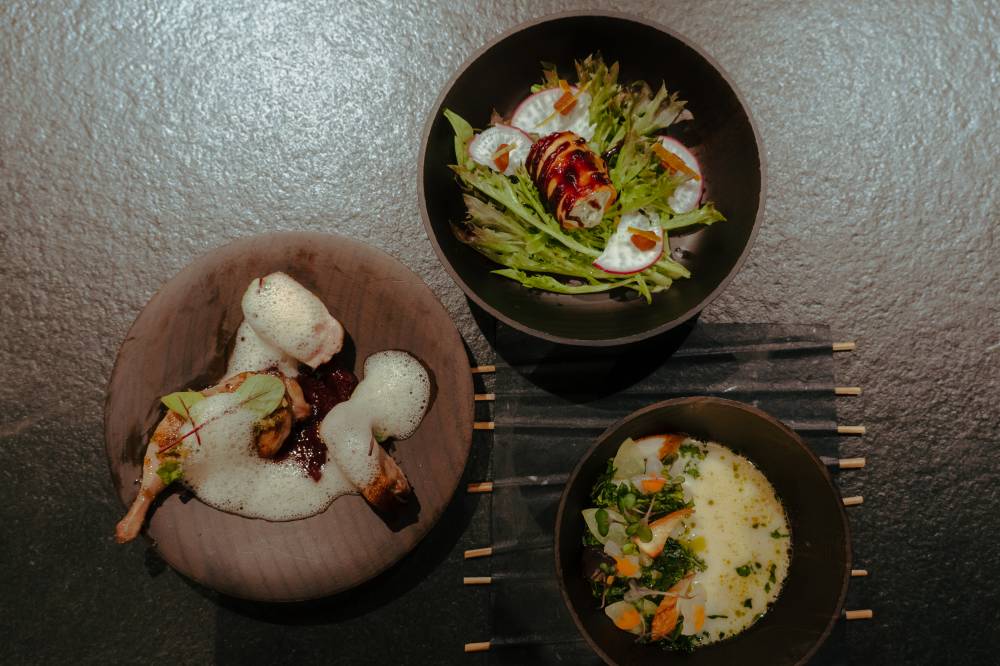
A spring roll with brie and kale is a satisfying second flavor, brightened up with chutney and satsuma skin, before a comforting bowl of rice swimming in chicken consommé and seasoned with scallion oil, yuzu kosho, and milk embraces your palate. It’s a sensation characteristic of staying in Iai’s space for hours.
“You get different layers of [flavors] and then from there you get different techniques within each bite. It’s almost like getting eight dishes, but you get several different bites within that dish,” says Ricketts.
And simultaneously, with each mouthful of the understated shiso sorbet dessert with mango and banana curd and walnuts and roasted white chocolate, a new appreciation for Iai’s brilliance comes to mind.
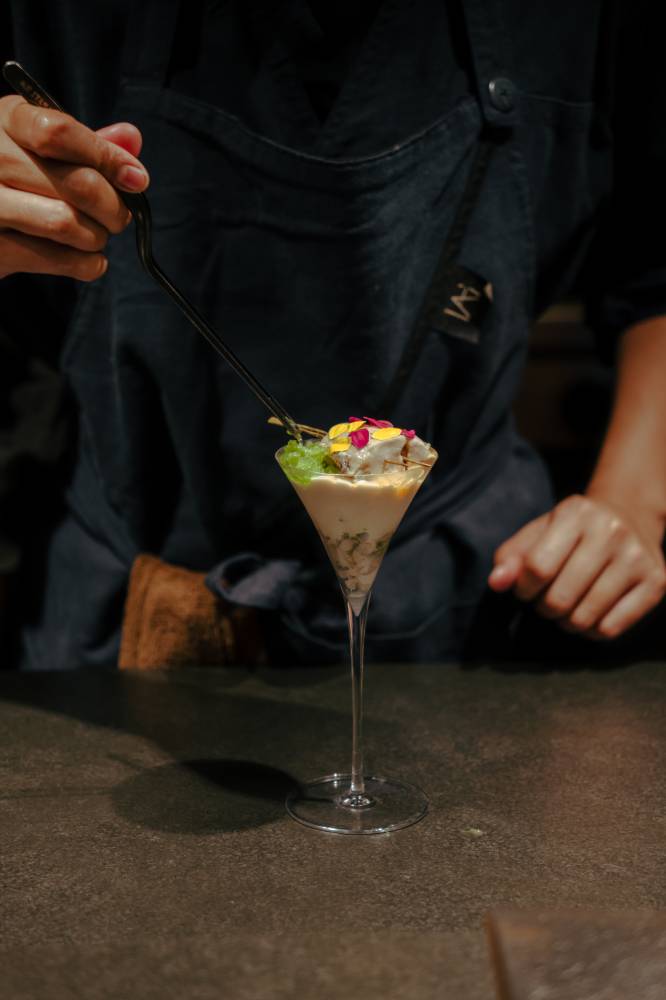
Into sharp focus
Watching Ricketts and his capable team move in the kitchen, you’d think precision is their middle name—his knife’s brief contact with fillets of saba or yellowtail or whatever fresh fish he lays down on the counter to form his sushi (or not, in this case) demonstrates his unshakeable but quiet confidence. For a tasting menu without sushi, Ricketts positions himself as a chef who doesn’t simply deliver on his strengths but also challenges our perception of his unfettered no-sushi expertise.
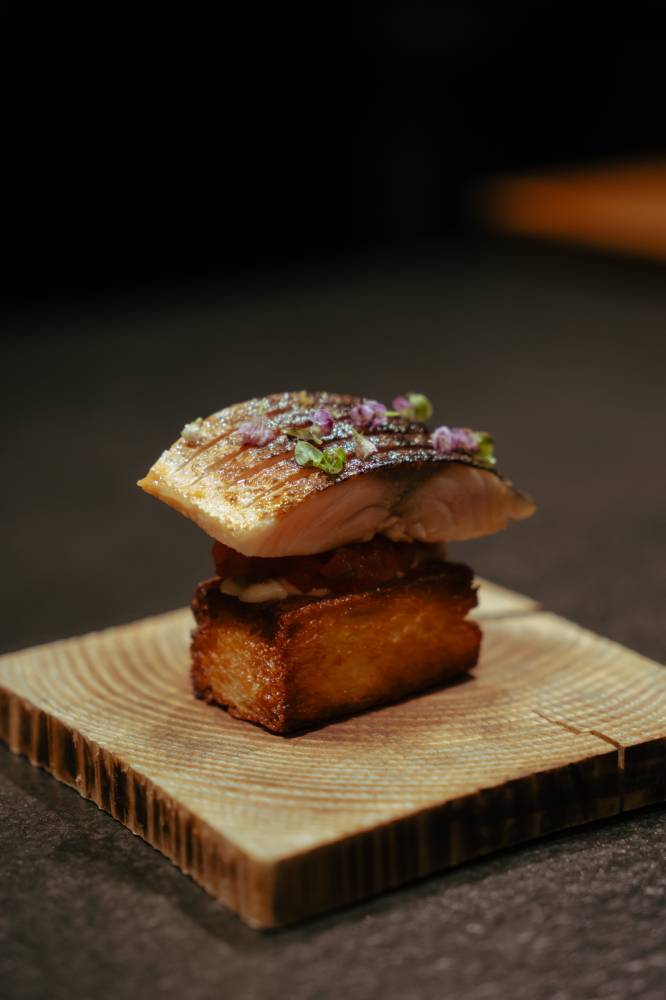
Whether with or without sushi, the Iai experience remains the same—harmonious and beguiling with experimental shifts that nod to Iai’s overarching arrangements.
Through it all, there’s no disputing that Ricketts’ kappo omakase is another guidepost to Iai’s food storytelling—one that seamlessly floats between a world, with and without sushi.

















Nobel Peace Prize: Sponsored by the powerful